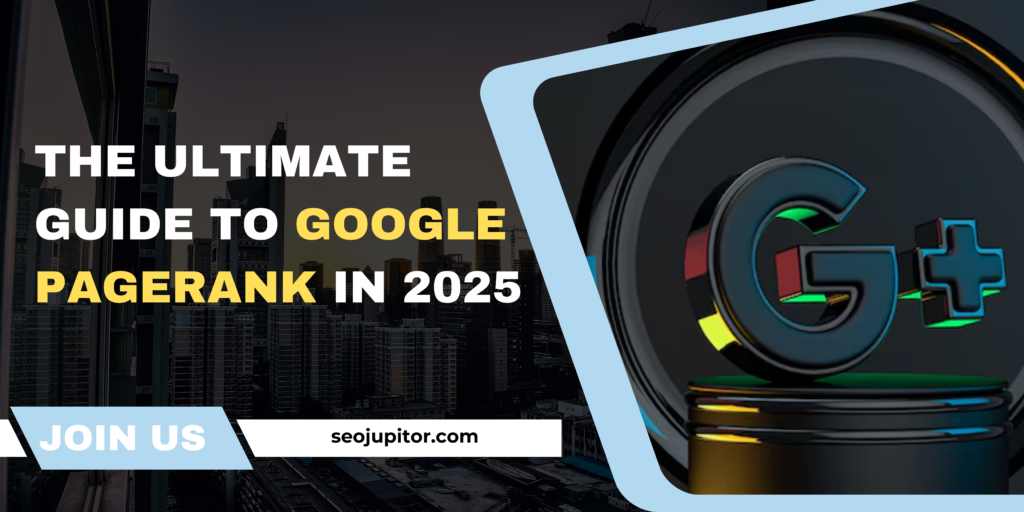Marketing is an essential aspect of any business, helping to attract customers, build brand awareness, and generate revenue. However, with the plethora of options available today, businesses face a significant challenge: should they focus on organic marketing or paid marketing? While both strategies have their own strengths, choosing the right approach often depends on your goals, budget, and audience.
In this blog, we’ll delve into the differences, benefits, and potential drawbacks of organic and paid marketing to help you decide which strategy delivers better results for your business.
What Is Organic Marketing?
Organic marketing refers to strategies that naturally attract customers over time without directly paying for visibility. Common examples of organic marketing include:
- Search Engine Optimization (SEO): Improving your website’s ranking on search engines through keyword optimization and quality content.
- Content Marketing: Sharing blog posts, videos, infographics, and other valuable content to engage your audience.
- Social Media Engagement: Building an online community through posts, comments, and interactions on platforms like Instagram, Facebook, and LinkedIn.
- Email Marketing: Sending newsletters or personalized content to your subscribers.
Organic marketing thrives on authenticity and relationship-building, making it a long-term investment in your brand’s credibility.
What Is Paid Marketing?
Paid marketing, on the other hand, involves paying to promote your business directly to a targeted audience. This strategy includes:
- Pay-Per-Click (PPC) Ads: Running ads on search engines like Google or Bing that appear above organic results.
- Social Media Advertising: Creating paid campaigns on platforms like Facebook, Instagram, TikTok, or LinkedIn to reach specific demographics.
- Display Advertising: Using banners or interactive ads on websites to attract attention.
- Influencer Partnerships: Paying influencers to promote your product or service.
Paid marketing provides immediate visibility and is ideal for businesses looking to achieve short-term results.
Organic Marketing: Pros and Cons
Pros:
- Cost-Effective: Organic strategies don’t require a direct financial investment, making them suitable for businesses with limited budgets.
- Builds Trust: Audiences often view organic content as more authentic, which can enhance your brand’s credibility.
- Long-Term Benefits: A well-optimized website or popular blog post can continue to attract traffic and leads for years.
Cons:
- Takes Time: Organic marketing requires patience; results may take months to materialize.
- Competitive: High-ranking keywords and crowded social media spaces make standing out challenging.
- Requires Consistent Effort: Maintaining momentum in organic marketing involves ongoing content creation and engagement.
Paid Marketing: Pros and Cons
Pros:
- Immediate Results: Paid ads can drive traffic and conversions almost instantly.
- Precise Targeting: Advanced tools allow you to reach specific demographics based on age, interests, location, and more.
- Scalable: Paid campaigns can be adjusted to suit your budget and business goals.
Cons:
- Costly: Running ads continuously can quickly become expensive, especially in competitive industries.
- Short-Lived Impact: Once the budget ends, so does the visibility.
- Ad Fatigue: Overexposure to ads can make audiences tune out or develop negative perceptions.
Read here – How Backlinks Drive Organic Traffic and Improve SEO Rankings
Organic vs. Paid Marketing: Key Differences
| Aspect | Organic Marketing | Paid Marketing |
| Cost | Low or free, but time-intensive | High, with quick returns |
| Timeframe | Long-term, slower to deliver results | Short-term, delivers immediate outcomes |
| Credibility | Builds trust and authenticity | Perceived as promotional; credibility varies |
| Scalability | Limited by resources and time | Easily scalable with a flexible budget |
| Audience Targeting | Broader, harder to refine | Precise targeting options available |
| Longevity | Long-lasting impact if done right | Results disappear when the campaign stops |
When to Choose Organic Marketing
Organic marketing is the ideal choice when:
- You have a limited budget but ample time to invest in building your online presence.
- Your focus is on long-term growth and brand loyalty.
- You want to establish thought leadership in your niche through quality content.
For example, a small business that sells eco-friendly products might rely on SEO, blogs, and engaging social media posts to attract customers who align with their values.
When to Choose Paid Marketing
Paid marketing is best suited for:
- Businesses with a larger budget aiming for quick results.
- Launching a new product or service that needs immediate attention.
- Targeting a specific audience during seasonal campaigns or promotions.
For instance, an e-commerce store running a holiday sale could benefit from Google Ads and social media promotions to boost sales within a short timeframe.
The Power of Combining Both Strategies
While the debate between organic and paid marketing continues, the truth is that the most effective approach often lies in combining both. A balanced marketing strategy leverages the strengths of each method to maximize results.
Example of an Integrated Strategy:
- Use paid ads to drive immediate traffic to your website while building an SEO-friendly blog for long-term visibility.
- Promote new content organically on social media, then boost high-performing posts with paid campaigns.
- Run seasonal paid promotions to attract leads, then nurture them through email marketing campaigns.
Conclusion
So, which strategy delivers better results—organic or paid marketing? The answer depends on your specific business needs, goals, and resources. Organic marketing is essential for building trust and long-term sustainability, while paid marketing provides the speed and precision needed to achieve short-term objectives.
Rather than choosing one over the other, consider integrating both strategies to create a comprehensive marketing plan. This balanced approach ensures your business can enjoy the immediate benefits of paid marketing while reaping the lasting rewards of organic efforts.
In the evolving digital landscape, flexibility and adaptability are key to staying ahead of the competition. By leveraging the best of both worlds, you can craft a marketing strategy that drives meaningful, measurable results.




